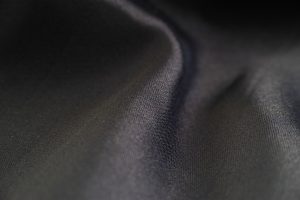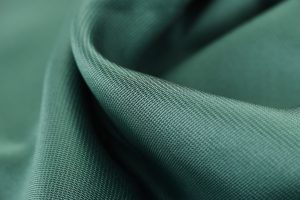Pretreatment
In order to obtain a knitted fabric or a fabric from a mass of loose fibers, a sequence of spinning operations is carried out, which gives us a yarn, and then, as a result of weaving operations, a fabric is formed and, as a result of knitting operations, a knitted fabric.
At the same time, individual forms of the raw material may undergo finishing operations of a chemical nature.
In the spinning process, chemical substances are applied to the fibers to facilitate the course of the process. These are mainly mineral and silicone oils as well as aromatic hydrocarbons.
Weaving process – gluing warps – the first operation in the production of fabrics.
Weaving sizing is used in this process to increase the strength of the warp yarns. These are most often substances based on polysaccharides (starch and its derivatives), cellulose derivatives (e.g. carboxymethylcellulose CMC), synthetic polymers (polyvinyl alcohol, polyvinyl acetate or polyacrylates).
Knitting process – in order to reduce the stresses that occur as a result of friction between the yarn and the machine elements, slip preparations are used. Oils are also used to lubricate knitting needles.
Prewash – removing raw fabrics and removing preparations and oils in knitted fabrics. Desizing agents (in the case of starch size) or washing in water baths with appropriate washing agents are used.



